-
Workbooks
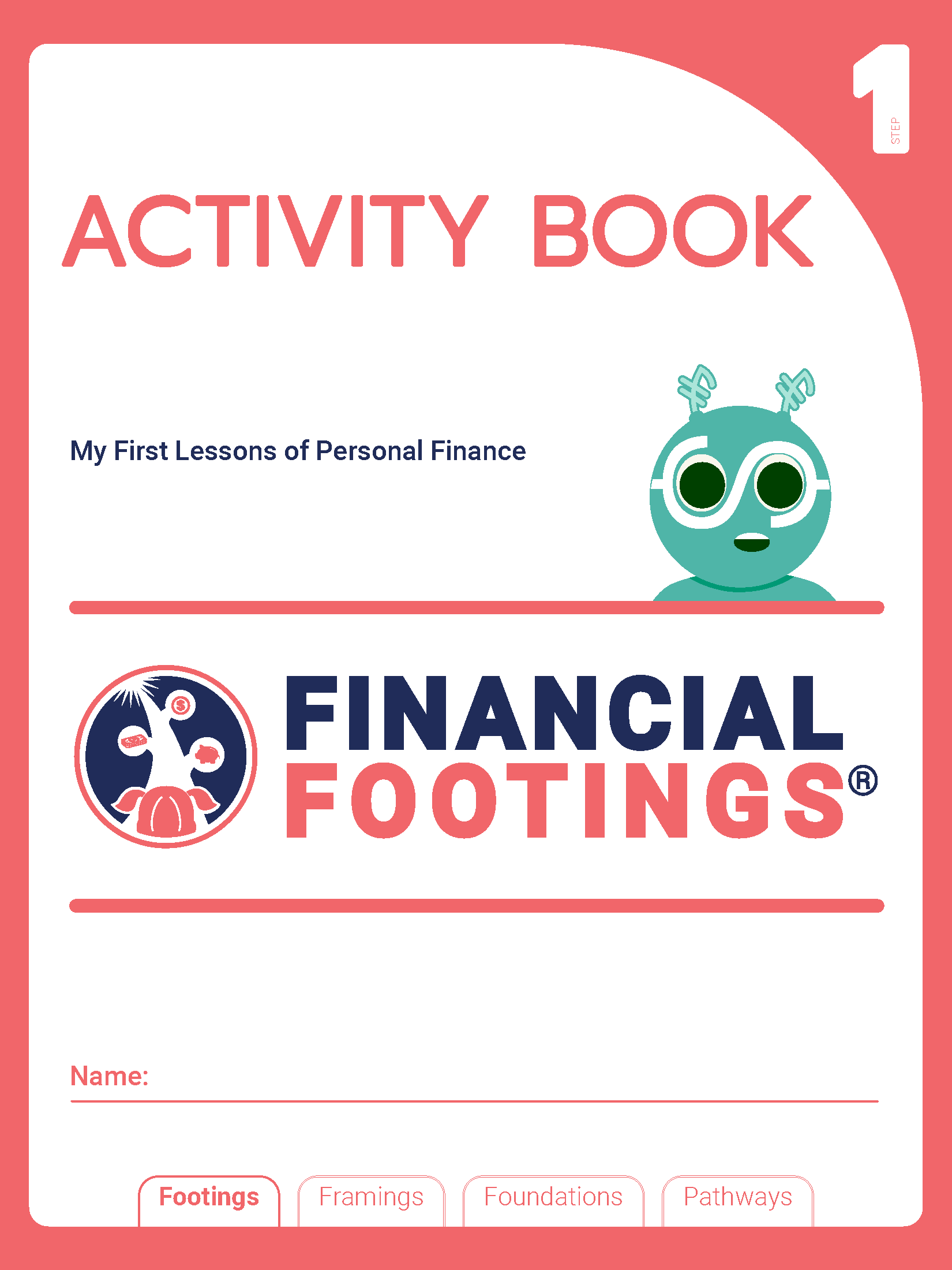 The Footings Step 1 Activity Book offers several fun and engaging activities for students to play while learning money basics. Th…
The Footings Step 1 Activity Book offers several fun and engaging activities for students to play while learning money basics. Th… -
Workbooks
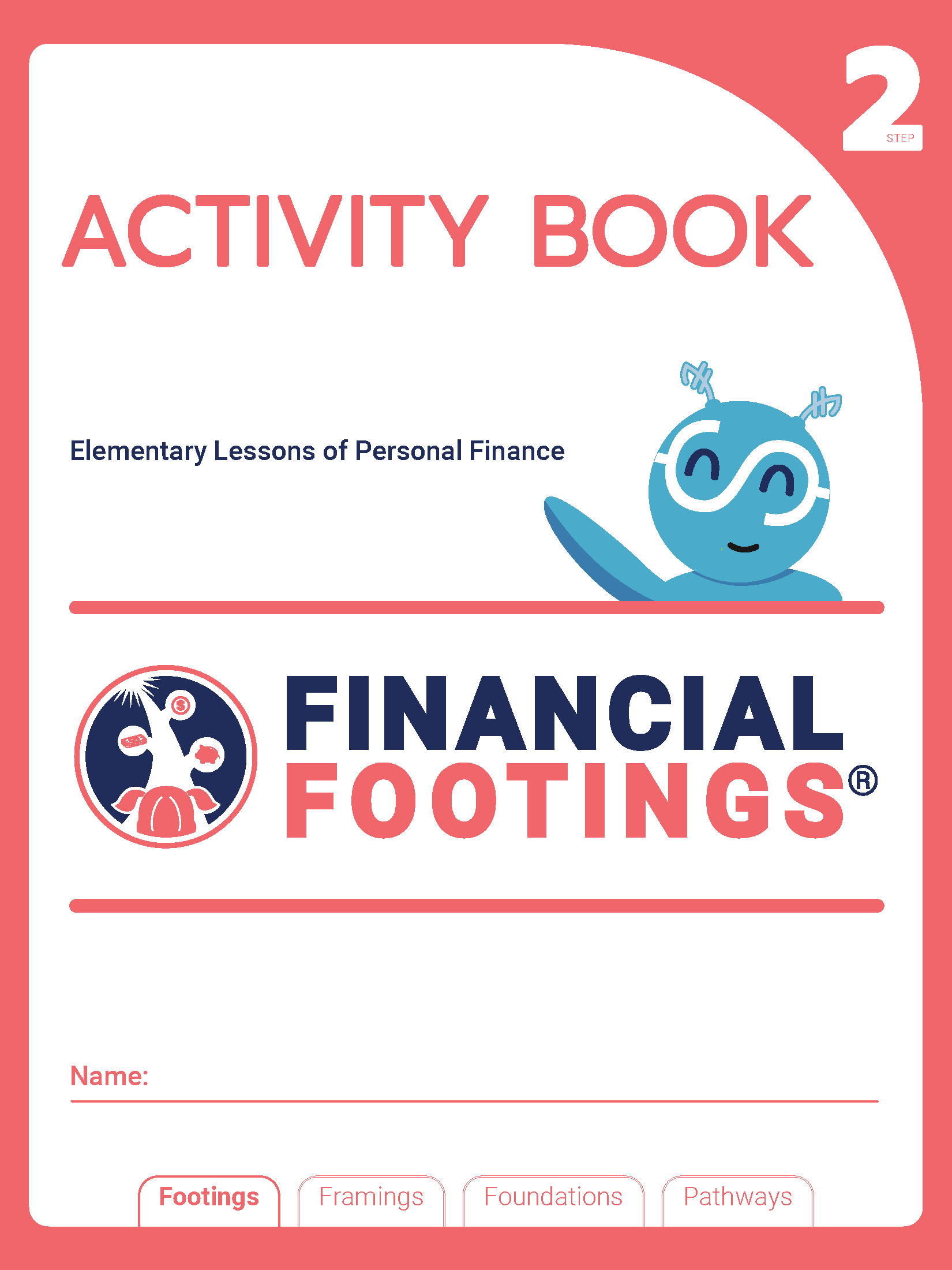 Engage your elementary learners with our activity book, divided into five lessons covering key financial topics that conceptually…
Engage your elementary learners with our activity book, divided into five lessons covering key financial topics that conceptually… -
Single-Topic Curricula
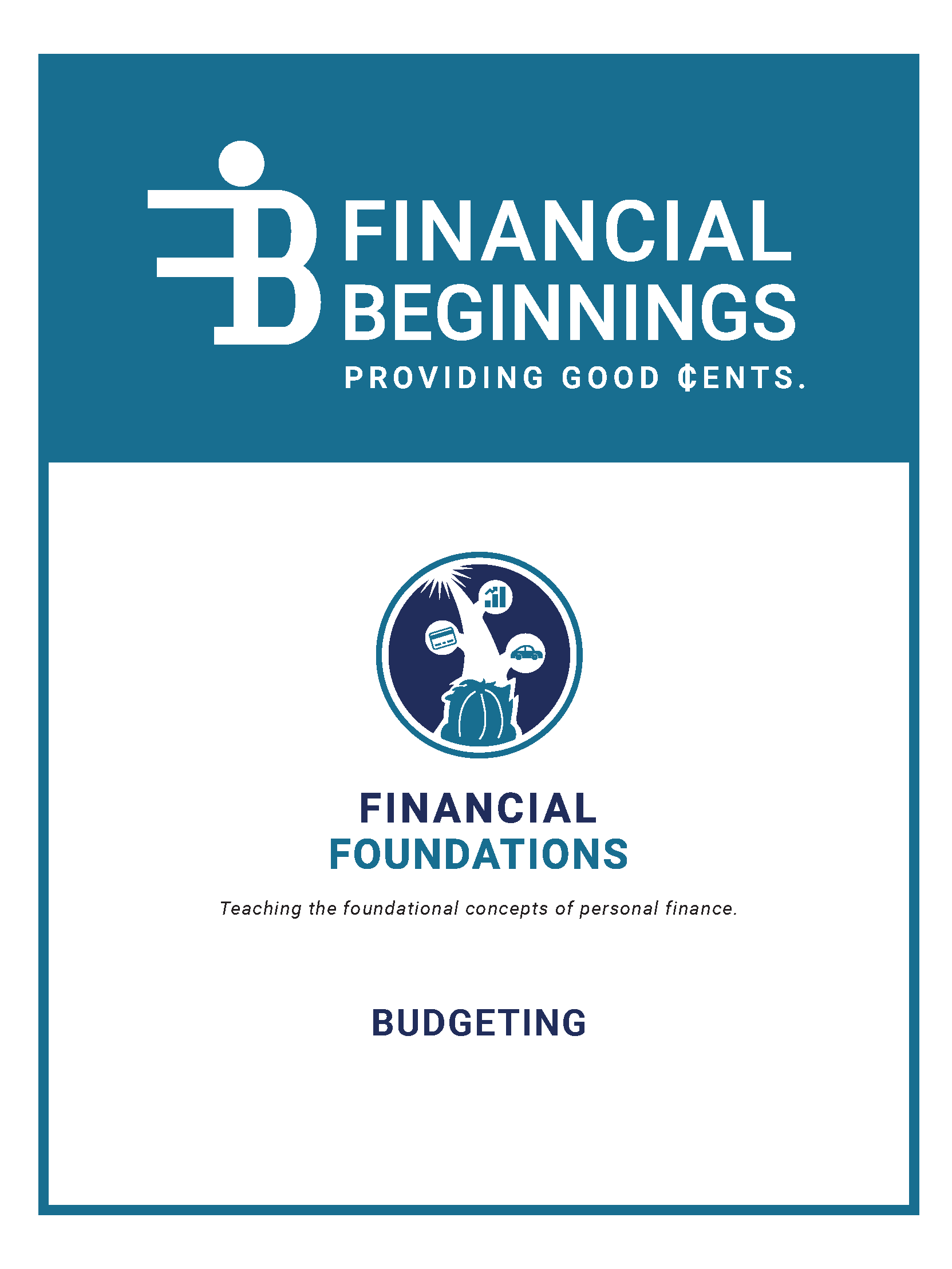 Financial Foundations - Budgeting 1 is a module designed to help participants understand the primary concepts of a budget, and ho…
Financial Foundations - Budgeting 1 is a module designed to help participants understand the primary concepts of a budget, and ho… -
Comprehensive Curricula and Learning Systems
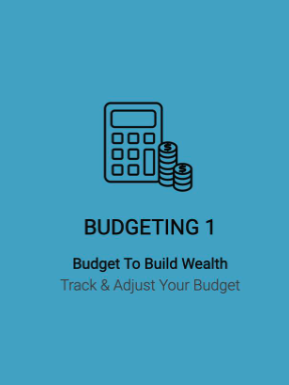 Budgeting Level 1 Outline includes links to materials that cover: Wealth, Savings Plans, and Net Worth. Slot ready-made personal…
Budgeting Level 1 Outline includes links to materials that cover: Wealth, Savings Plans, and Net Worth. Slot ready-made personal… -
Comprehensive Curricula and Learning Systems
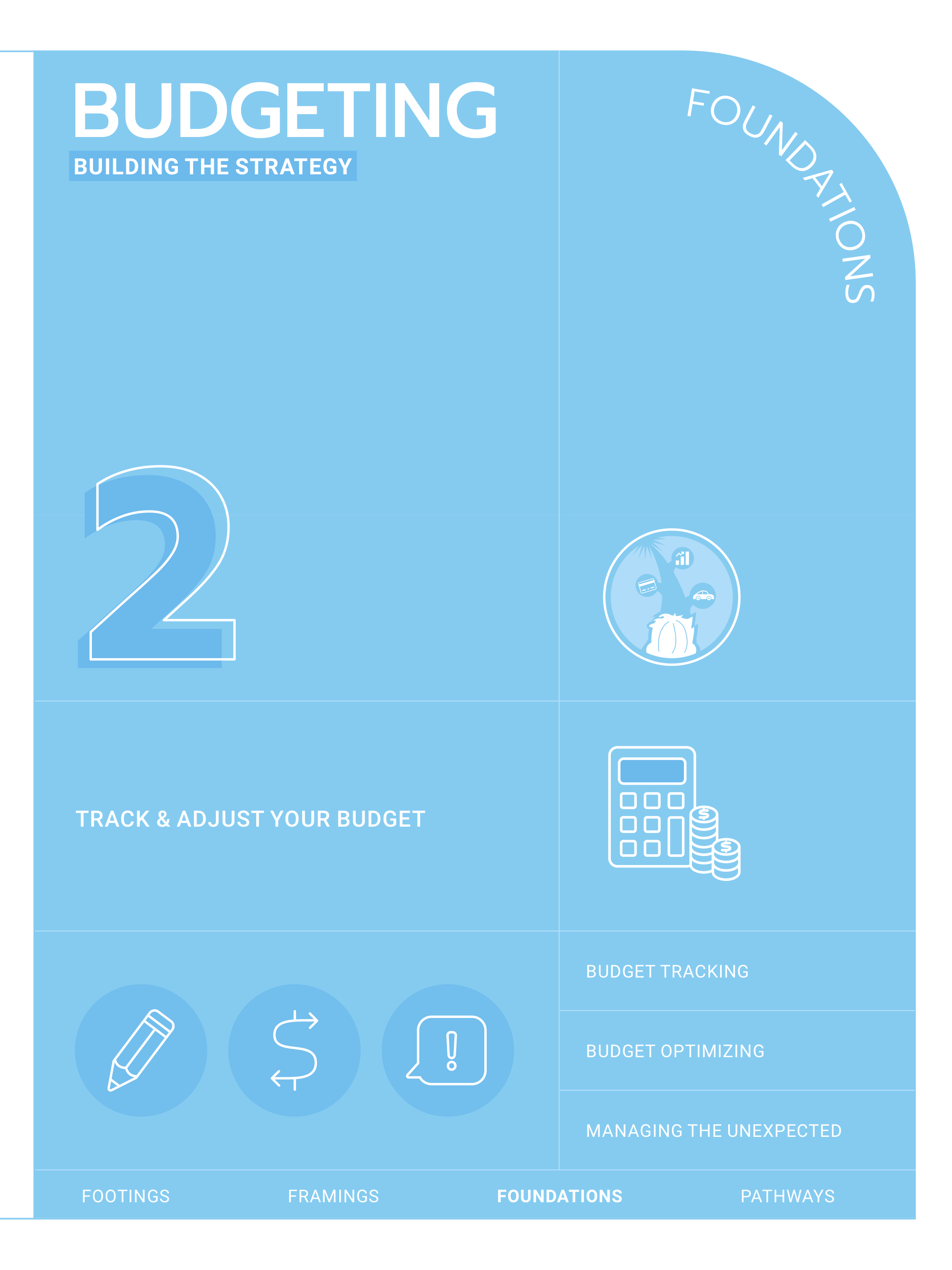 Financial Foundations Budgeting, Level 2 is entitled “Track & Adjust Your Budget.” This module teaches how to develop a budget tr…
Financial Foundations Budgeting, Level 2 is entitled “Track & Adjust Your Budget.” This module teaches how to develop a budget tr… -
Comprehensive Curricula and Learning Systems
 Budgeting Level 2 Outline includes links to materials that cover: Budget Tracking, Budget Optimizing, and Managing the Unexpected…
Budgeting Level 2 Outline includes links to materials that cover: Budget Tracking, Budget Optimizing, and Managing the Unexpected… -
Single-Topic Curricula
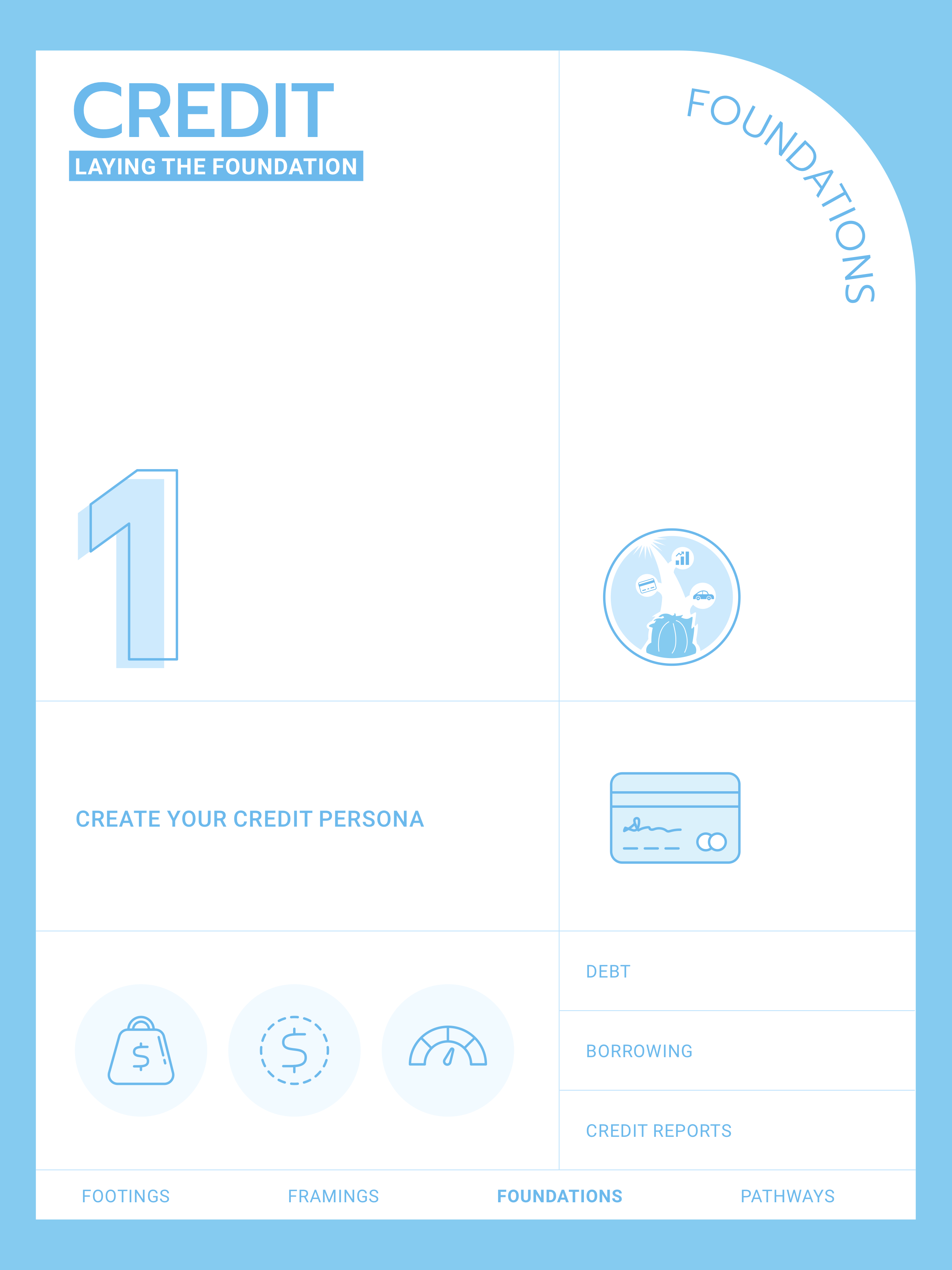 Financial Foundations - Credit, Level 1 is entitled "Create Your Credit Persona." This module teaches how debt accumulation can b…
Financial Foundations - Credit, Level 1 is entitled "Create Your Credit Persona." This module teaches how debt accumulation can b… -
Comprehensive Curricula and Learning Systems
 Credit Level 1 Outline includes links to materials that cover Debt, Borrowing, and Credit Reports. Slot ready-made personal fina…
Credit Level 1 Outline includes links to materials that cover Debt, Borrowing, and Credit Reports. Slot ready-made personal fina… -
Comprehensive Curricula and Learning Systems
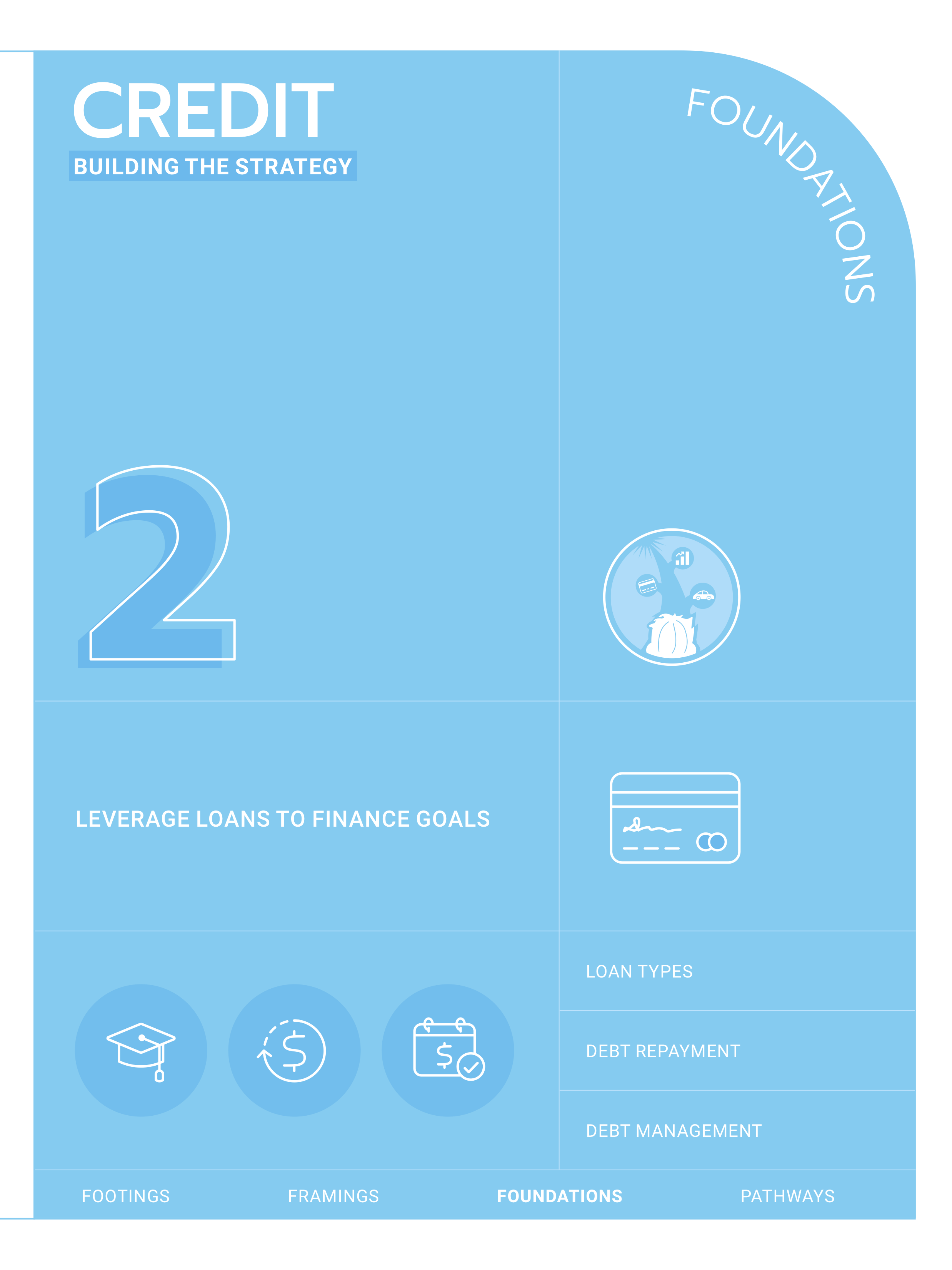 FINANCIAL FOUNDATIONS CREDIT, Level 2 is entitled “Leverage Loans to Finance Goals.” This module covers various types of loans; h…
FINANCIAL FOUNDATIONS CREDIT, Level 2 is entitled “Leverage Loans to Finance Goals.” This module covers various types of loans; h… -
Comprehensive Curricula and Learning Systems
 Credit Level 2 Outline includes links to materials that cover: Loan Types, Debt Management, and Debt Repayment. Slot ready-made…
Credit Level 2 Outline includes links to materials that cover: Loan Types, Debt Management, and Debt Repayment. Slot ready-made… -
Single-Topic Curricula
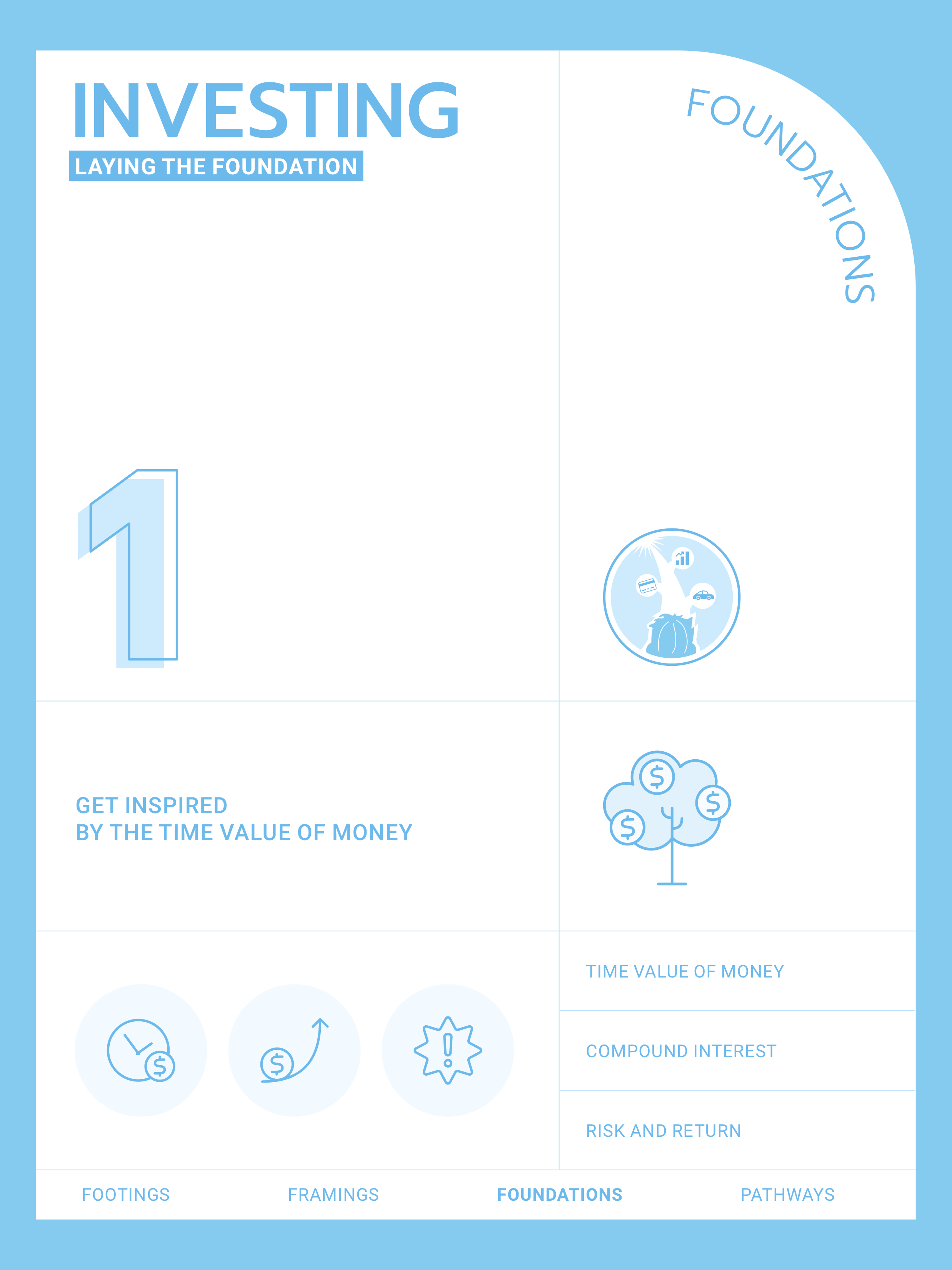 FINANCIAL FOUNDATIONS INVESTING, Level 1 is entitled “Get Inspired by the Time Value of Money.” This module teaches building weal…
FINANCIAL FOUNDATIONS INVESTING, Level 1 is entitled “Get Inspired by the Time Value of Money.” This module teaches building weal… -
Comprehensive Curricula and Learning Systems
 Financial Foundations - Investing, Level 1 includes time value of money, compound interest and risk and return. Lesson plans usi…
Financial Foundations - Investing, Level 1 includes time value of money, compound interest and risk and return. Lesson plans usi… -
Comprehensive Curricula and Learning Systems
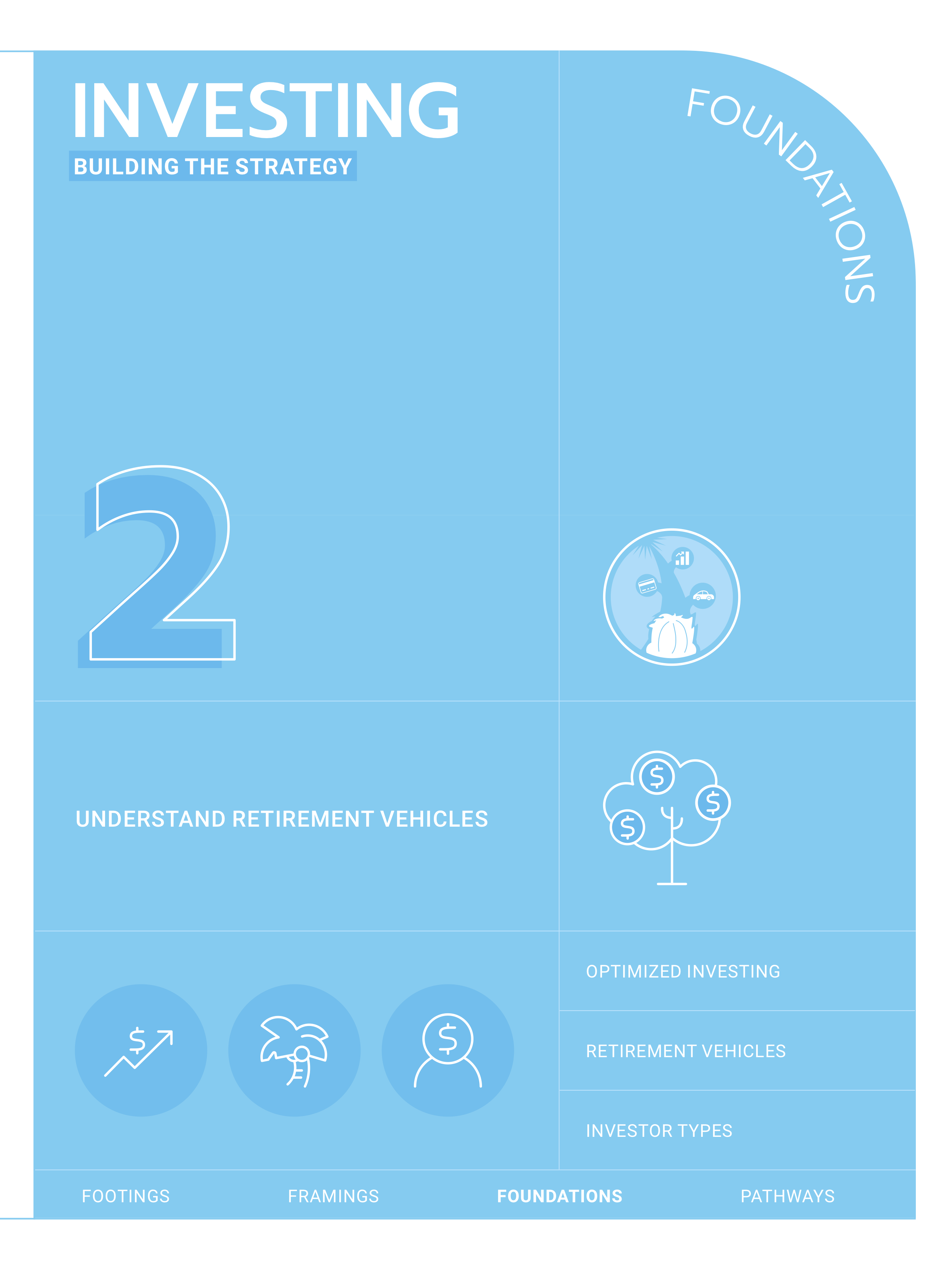 FINANCIAL FOUNDATIONS INVESTING, Level 2 is entitled “Understand Retirement Vehicles.” This module explores investment options, r…
FINANCIAL FOUNDATIONS INVESTING, Level 2 is entitled “Understand Retirement Vehicles.” This module explores investment options, r… -
Comprehensive Curricula and Learning Systems
 This includes links to materials that cover Fund Analysis, Investment Vehicles, and Investor Types. Slot ready-made personal fi…
This includes links to materials that cover Fund Analysis, Investment Vehicles, and Investor Types. Slot ready-made personal fi… -
Single-Topic Curricula
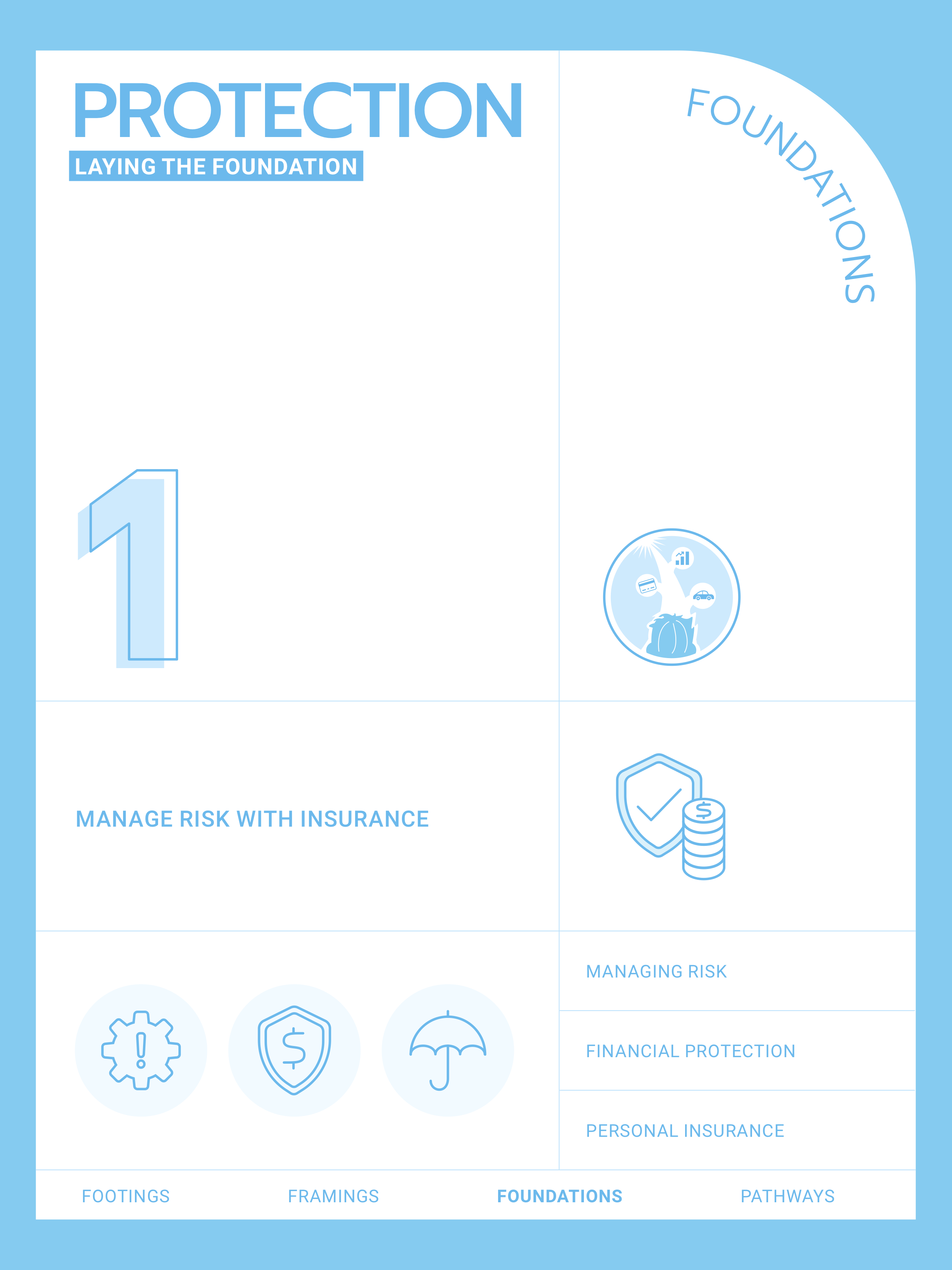 Financial Foundations - Protection, Level 1 is entitled “Manage Risk with Insurance.” This module highlights approaches to managi…
Financial Foundations - Protection, Level 1 is entitled “Manage Risk with Insurance.” This module highlights approaches to managi… -
Comprehensive Curricula and Learning Systems
 This includes links to materials that cover Insurance Concepts and Managing Risk. Slot ready-made personal finance materials in…
This includes links to materials that cover Insurance Concepts and Managing Risk. Slot ready-made personal finance materials in… -
Comprehensive Curricula and Learning Systems
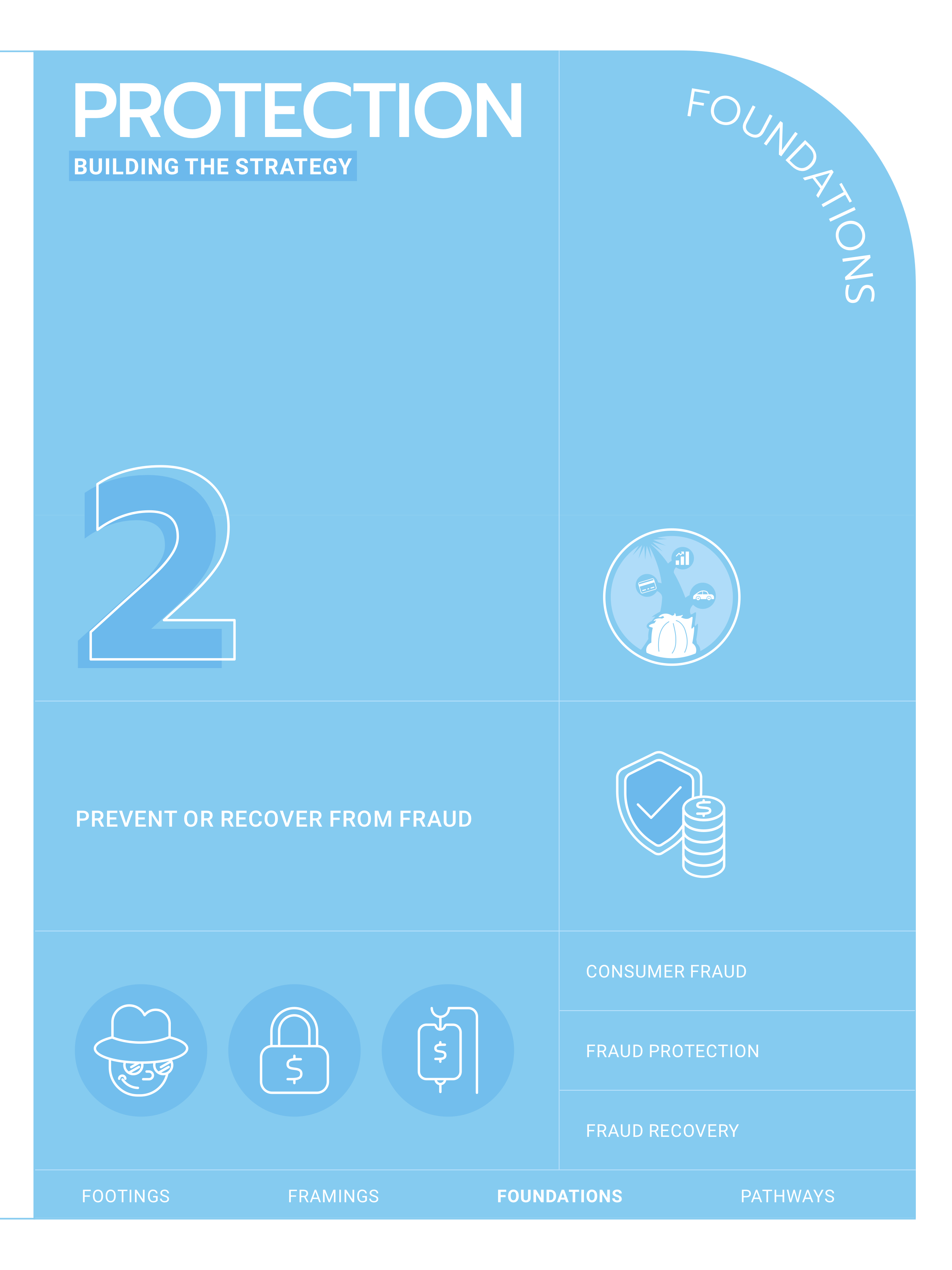 FINANCIAL FOUNDATIONS PROTECTION, Level 2 is entitled “Prevent or Recover from Fraud.” This module highlights the changing types …
FINANCIAL FOUNDATIONS PROTECTION, Level 2 is entitled “Prevent or Recover from Fraud.” This module highlights the changing types … -
Comprehensive Curricula and Learning Systems
 This includes links to materials that cover Consumer Fraud, Fraud Protection, and Fraud Recovery. Slot ready-made personal fina…
This includes links to materials that cover Consumer Fraud, Fraud Protection, and Fraud Recovery. Slot ready-made personal fina… -
Single-Topic Curricula
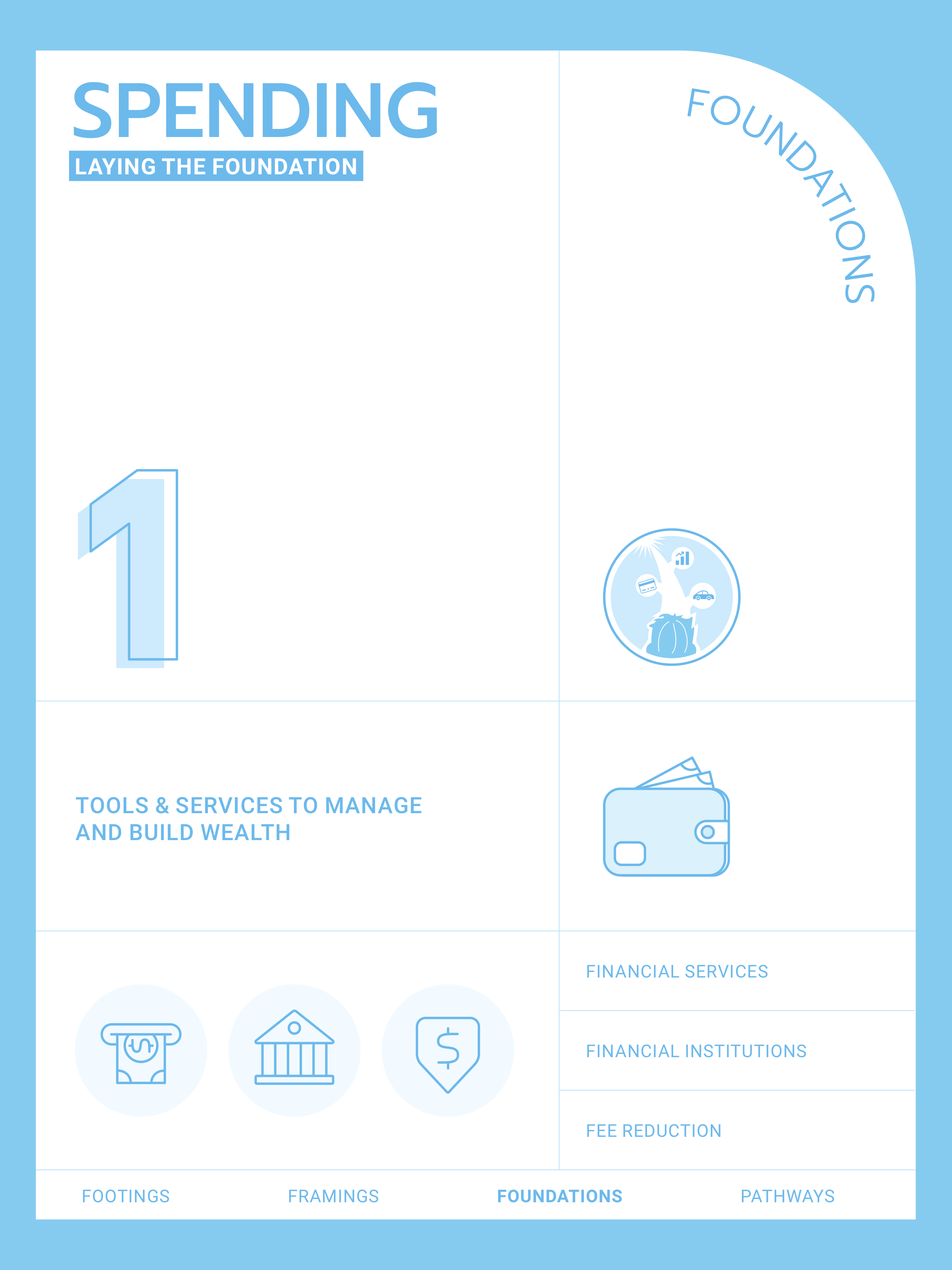 Financial Foundations - Spending, Level 1 is entitled “Tools & Services to Manage & Build Wealth.” This module outlines available…
Financial Foundations - Spending, Level 1 is entitled “Tools & Services to Manage & Build Wealth.” This module outlines available… -
Comprehensive Curricula and Learning Systems
 This includes links to materials that cover Financial Services, Financial Institutions, and Fee Reduction. Slot ready-made pers…
This includes links to materials that cover Financial Services, Financial Institutions, and Fee Reduction. Slot ready-made pers… -
Comprehensive Curricula and Learning Systems
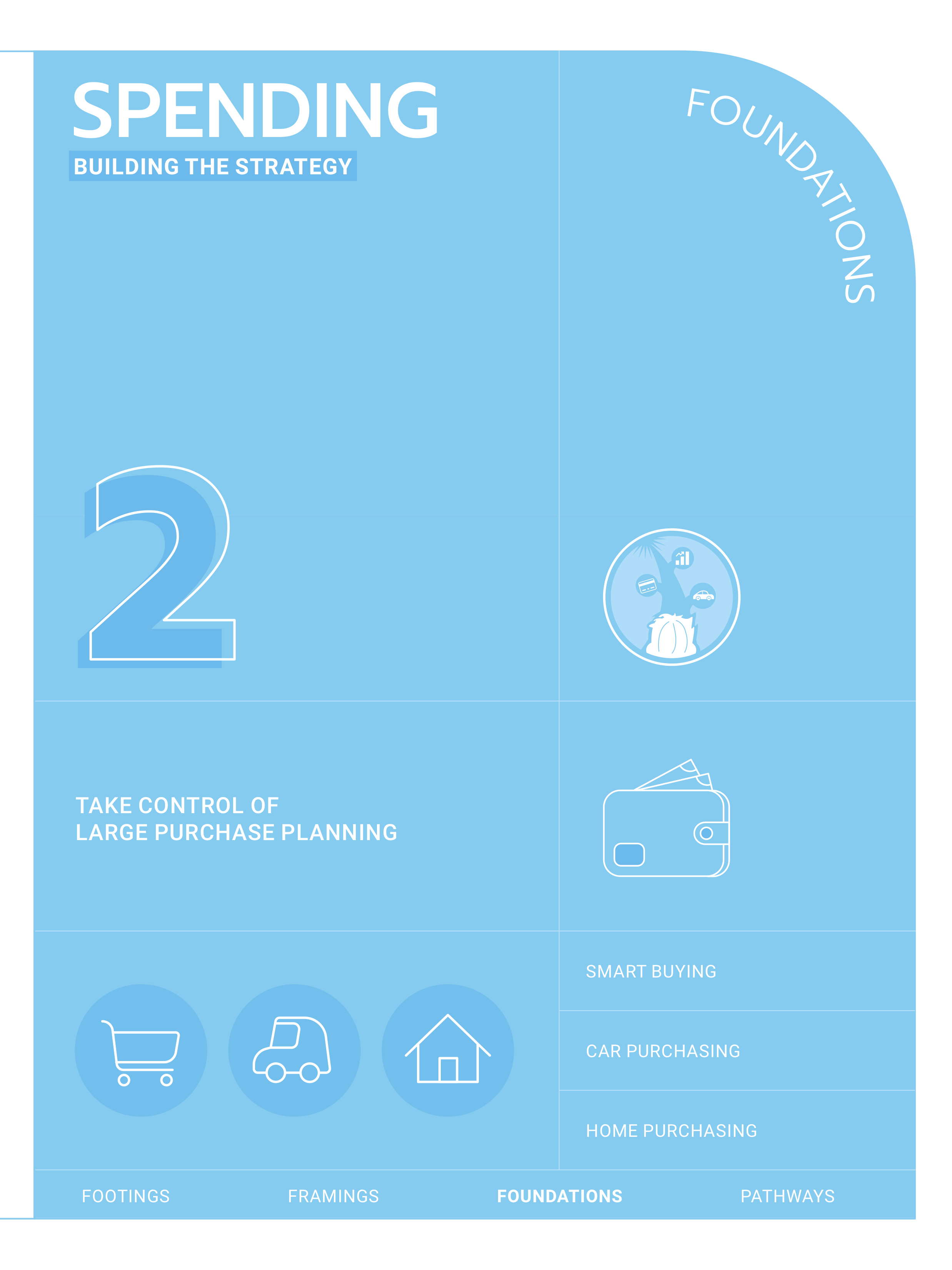 FINANCIAL FOUNDATIONS SPENDING, Level 2 is entitled “Take Control of Large Purchase Planning.” This module helps determine the to…
FINANCIAL FOUNDATIONS SPENDING, Level 2 is entitled “Take Control of Large Purchase Planning.” This module helps determine the to… -
Comprehensive Curricula and Learning Systems
 This includes links to materials that cover SMART Buying, Car Purchasing, and Home Purchasing. Slot ready-made personal finance…
This includes links to materials that cover SMART Buying, Car Purchasing, and Home Purchasing. Slot ready-made personal finance… -
Single-Topic Curricula
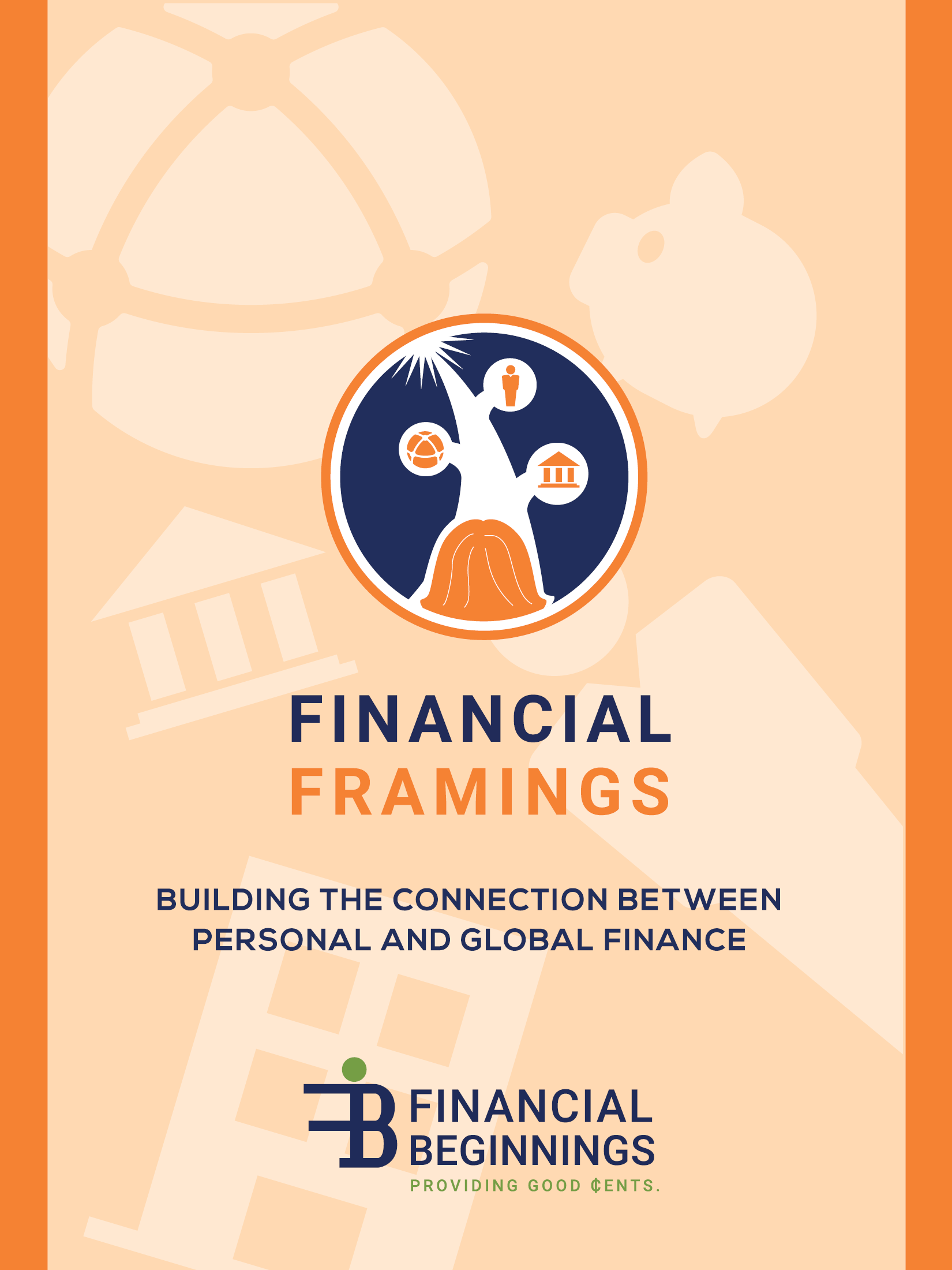 Financial Framings covers the evolution of currency and the economy, the circular flow of money, and how personal and economic fa…
Financial Framings covers the evolution of currency and the economy, the circular flow of money, and how personal and economic fa… -
Comprehensive Curricula and Learning Systems
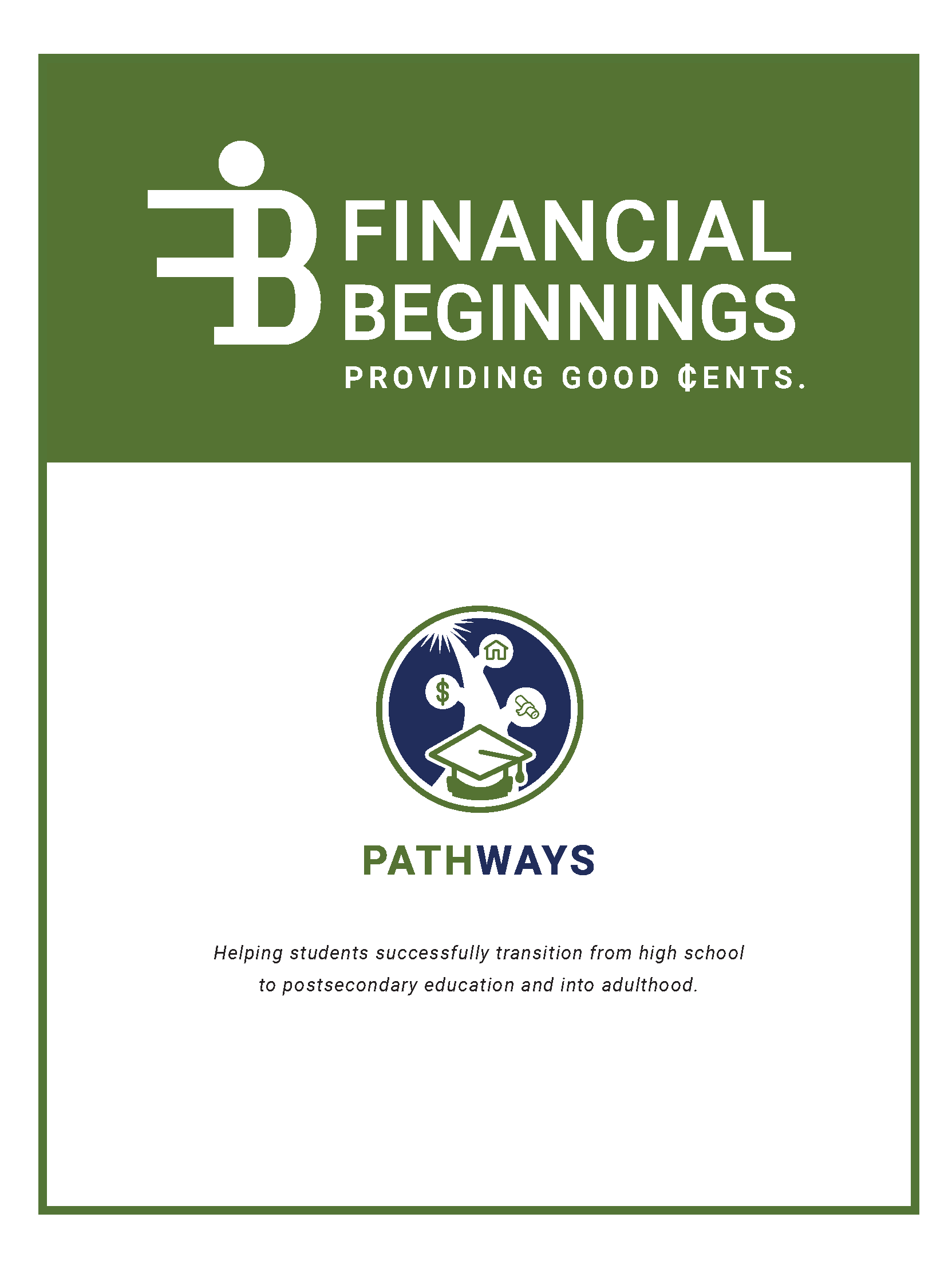 Pathways is a program designed to help students successfully transition from high school to postsecondary education, and into adu…
Pathways is a program designed to help students successfully transition from high school to postsecondary education, and into adu… -
Workbooks
 Student Academy for Financial Empowerment (SAFE) - Credit & Debt is a program that empowers post-secondary students with the habi…
Student Academy for Financial Empowerment (SAFE) - Credit & Debt is a program that empowers post-secondary students with the habi… -
Workbooks
 Student Academy for Financial Empowerment (SAFE) - Goals & Tools is designed to empower students with habits, mindset, skills, an…
Student Academy for Financial Empowerment (SAFE) - Goals & Tools is designed to empower students with habits, mindset, skills, an… -
Workbooks
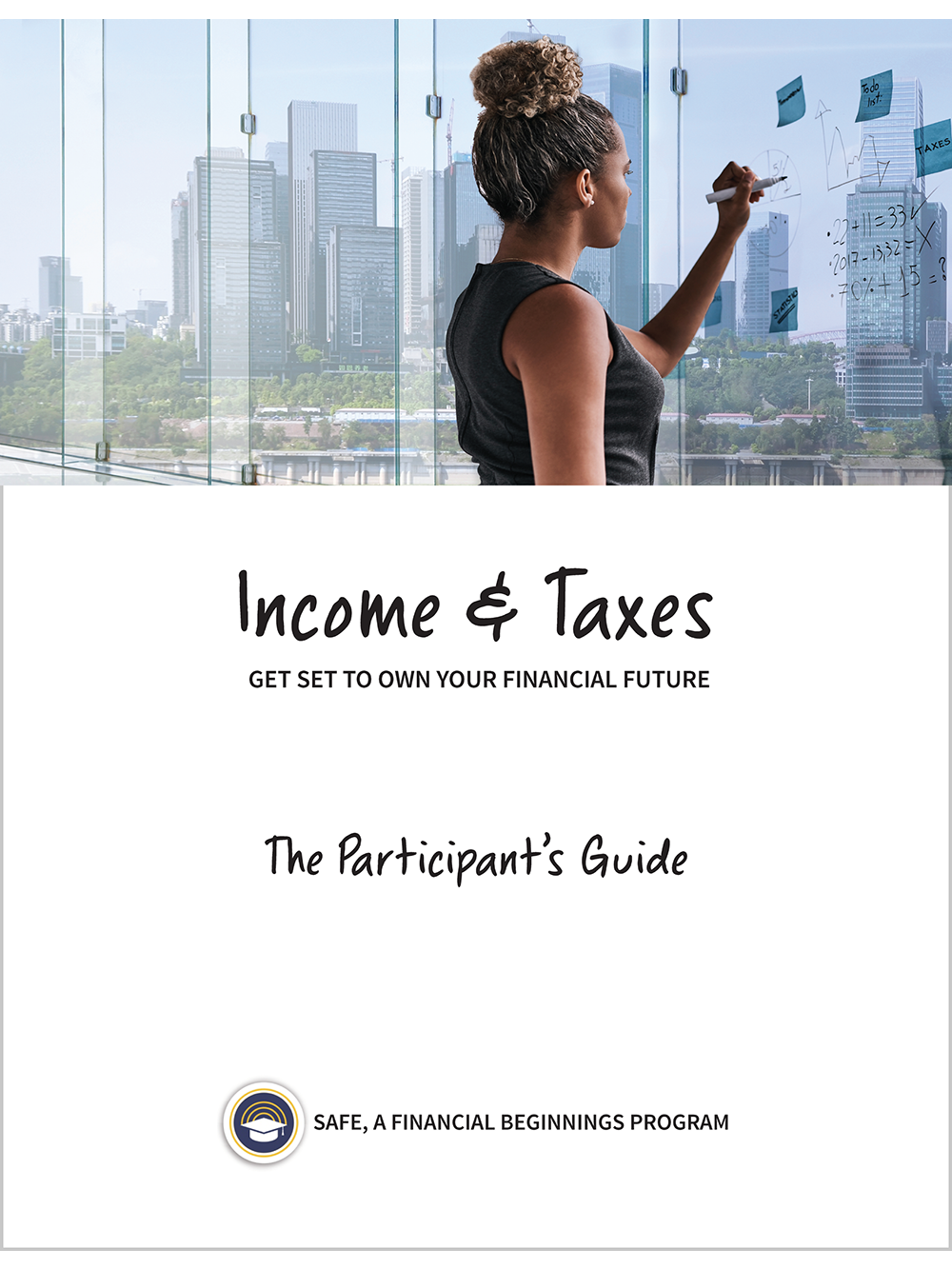 Student Academy for Financial Empowerment (SAFE) - Income & Taxes is a program designed to empower students with the habits, mind…
Student Academy for Financial Empowerment (SAFE) - Income & Taxes is a program designed to empower students with the habits, mind… -
Workbooks
 Student Academy for Financial Empowerment (SAFE) - Protecting Yourself is designed to empower students with habits, mindset, skil…
Student Academy for Financial Empowerment (SAFE) - Protecting Yourself is designed to empower students with habits, mindset, skil… -
Workbooks
 Student Academy for Financial Empowerment (SAFE) - Savings & Retirement is designed to empower students with the habits, mindset,…
Student Academy for Financial Empowerment (SAFE) - Savings & Retirement is designed to empower students with the habits, mindset,…